Selective Focus: The Chief Buffalo Memorial Mural
The Chief Buffalo Mural Project is a collaboration between project manager and artist Moira Villiard alongside lead artists Michelle Defoe, Awanagiizhik Bruce, and Sylvia Houle, the Duluth Indigenous Commission, Zeitgeist Center for Arts, American Indian Movement Twin Ports Support Group, and descendants of Chief Buffalo.
An unveiling of the project is scheduled in Gichi-ode’ Akiing (formerly Lake Place Park) along the Duluth Lakewalk from 5 to 8 p.m. on Wednesday, Sept. 14, complete with food and an opportunity to meet the artists.
We’ve asked Villiard to share more about the project:
How would you describe the Chief Buffalo Project, its goals and the inspiration behind it?
In partnership with the Duluth Indigenous Commission, the Buffalo family, Red Cliff community members, Zeitgeist Center for Arts & Community, the American Indian Community Housing Organization (AICHO), and the Duluth community at large, our goal is to bring to life a series of walls connecting the newly renamed Gichi-ode’ Akiing park to the city’s Lakewalk.
The project is being led by myself and my always growing arts team (right now mainly Indigenous artists Michelle Defoe, Awanigiizhik Bruce, and Sylvia Houle) from across the region that will honor the long-overlooked legacy of Chief Buffalo and the Treaty of 1854, as well as continue our work combatting the invisibility of Indigenous stories and artists in Duluth. I had already started the project a few years ago but ran into a lot of hiccups in getting approval at the city level to finish the project, but we just recently got some support to finish the work. Currently you can see the symbolic petition of Ojibwe chiefs that I painted in the heart of the maze, surrounded by stylized aquatic life the community helped paint, Ojibwe florals by Michelle Defoe, and the tops of the walls denoting medicine wheel colors.
Those were the first paintings to go up. Some of the designs are a continuation of the floral and symbolic patterns, and we’re hoping to have community painting sessions for those aspects of the murals. Additionally, [the murals] are referencing photos that Ivy Vainio took of contemporary tribal people engaging with the land and different cultural activities, alongside historic maps of the treaty territories relevant to Chief Buffalo and our region, and coming up with our own artwork to connect all of this imagery.
Duluth, as an “artsy” city, has for so long failed to implement public art depicting Native people in any capacity outside of a few awkward pieces designed by non-Natives that I think a lot of us view as problematic. In my experience, being able to participate as just a regular Duluthian in the public art process at the city level is something that I’ve found to be challenging and inaccessible, but I’m hoping this is going to change soon. It’s one of those situations where literally every part of the process — from renaming the park, to applying to continue the project — was a mess. The city lost multiple applications that were submitted for various parts of the project, which led to delays and turnover of commissions, relationships, and staff over time.
Chief Buffalo was involved in a few treaty signings back in the 1800s, and most relevant to Duluth is the Treaty of 1854. It’s the reason anyone was allowed to settle in our region of Minnesota, and in a bittersweet way, one of the main reasons that the Anishinaabe people were not pushed farther West after the Ojibwe Trail of Tears (Sandy Lake Tragedy). The mural maze not only beautifies this underused public space, but will finally make a visible and honest community-designed depiction of the Indigenous history in the region. It will also call attention to the potential of creative placemaking as a whole, which is a movement that is amazing but sometimes veers too much into the mentality that places need to be ‘made’ and don’t already hold stories and cultures that have ‘made’ them already.
In what ways was this project personally important to you? Why do you think it’s important that it’s a part of the city?
The Chief Buffalo Mural project has been my ‘baby,’ so to speak. It’s the project I have been working on the longest and the one that has taken the most time, effort, and care of anything I’ve done. It has huge implications for public art in Duluth, and I think is part of a movement toward bringing visibility to Indigenous people, history, and voices across the country. Having four lead artists who are Indigenous, the entire Indigenous Commission, sponsorship by Duluth’s only American Indian arts center (AICHO), support from groups like All Nations Indigenous Center and the grassroots Twin Ports American Indian Movement supportive chapter, participation and volunteering by Native community members, and support from the Buffalo family and Red Cliff community members just feels surreal. Indigenous people are definitely still here and contributing in big ways to the community, and I’m really honored to have a role in guiding this project with so many partners by my side.
A while back, I saw a youth who had taken their senior photos by the florals we have up in the staircases — I’m always thinking about what it means for Native youth to have a space that they can recognize and interact with. And I think about the beadwork patterns that Michelle is bringing back to life and how that might inspire and influence beadwork artists in the region. I think about the significance already having the pictograph up in that space means and how much more meaning will be added when we get a plaque up that corrects some of the false info you can find on the internet regarding the meaning of the image. Imagine school classrooms walking through the site and eventually being able to smell sweetgrass or sage, and listen to the waves splash on the shore as they read about Native people from the past and also from today, the life that this project is bringing to this space. I’m really passionate about all of this and I hope it marks the beginning of a shift toward public access to history and the realization that talking about Indigenous history doesn’t take away from the ‘mainstream’ story of Duluth, it adds to it.
Babbette Sandman is the chair of the Indigenous Commission and she always makes it a point to share that a special aspect of this project is the fact that we’re not just using Google. The history that we’re exploring isn’t even fully accessible on the internet. We’re sourcing our knowledge from the community and people who are connected to the history. We’re demonstrating the value of community knowledge and setting the record straight on some fundamental misunderstandings about the history of our region.
A big issue for me that comes to mind is that very few people in this city could name the treaty that makes possible their right to live here, the Treaty of 1854. Very few people know how treaties even function. They still believe that treaties somehow ‘gave’ land to Natives, when the opposite is true. We celebrate all these recent aspects of Duluth and understand this place to be a town that was big on industry for a bit, and now is big on tourism. But how did everybody get here? What is our shared history? Our shared history (for non-Natives and Natives alike) in this place is the Treaty of 1854, it’s the journey of Chief Buffalo, and none of us would be here in the same way without this story. It seems like a pretty big detail that’s been overlooked for too long.
I remember reading that you’re a self-taught artist and didn’t receive any formal training. But I was curious if you had any informal teachers or influences that affected you while you were learning, or if you’d like to share about your artistic process.
I am self-taught and I have had a lot of mentors and influences over the years. I don’t think it’s too hard to become a self-taught artist, skills wise, because being an artist at its core just involves being able to observe, learn, and potentially a skillset around coaxing ideas into reality from your headspace. But mostly it’s just being observant. I sometimes tell people that the sky was one of my first teachers. We live in a region where the sky is one big canvas, using every color imaginable and playing with light and shadow constantly, making different forms and shapes.
Understanding light and color is a huge part of being an artist, and you can learn so so so much from observing something like a cloud; noticing that it’s actually not a white blob so much as it is a solid color with a light outline because the sun is behind it. And the cloud itself casts a shadow on the ground, changing the color of whatever is below it, and depending on where the sun is, that shadow will look significantly different. There’s depth, composition, motion; so many things you can learn from just looking at the sky. And then applying those observations to other subjects around you, noticing that the world itself is a microcosm of those concepts happening all over.
People wise, as a kid I was really inspired by Salvador Dali and a lot of the earlier surrealist artists. I had an art teacher in high school, Anna Kemptar, who let me just experiment and paint all over the art room walls. I wasn’t particularly great at art as a kid, but I was drawing constantly and playing with art materials and just making things without much reserve or direction. I think Kemptar had the right idea in just letting me use the art room as a science room, it was my place to make mistakes and make some of my worst work, and it set the stage for some of my best.
Otherwise, even earlier, I grew up seeing Karen Savage-Blue’s artwork at the Min No Aya Win clinic, and I think she’s a really good example of someone with a broad range of subject matter that inspired me to not be so afraid to paint something surreal one day and something from life the next. Jonathan Thunder has been an influence and a mentor for me over the years. I was introduced to his work at a scholarship exhibit I was a part of as a teen, and I was really struck by his surrealist style … I think I’ve been following a similar trajectory too as him going from painting to digital art and animation. But I’m also really influenced by design in general. I look at everything, every printed material I come across, every billboard, commercial, building, song, idea … I’m constantly taking things apart in my head and reverse engineering, exploring new styles, reading new theories, etc. All of my collaborators and art friends, Michelle Defoe, Heather Olson, Awanigiizhik Bruce, Sylia Houle, Aurora Webster, Carla Hamilton, Yuta Uchida, Deb Yam, Tania Murillo-Duran, Zamara Cuyun, Steveboyyi Makubuya, even Adam Swanson with his openness sharing about materials and processes for murals, there’s such an endless list of people I’ve met who have influenced my work in major ways and challenged me to work differently (and this is definitely just a sample list, there’s a lot more people to mention!)
What types of challenges came along with taking on this project?
The Chief Buffalo Memorial murals ran into a lot of issues at the city level, I think largely because there was not really a system in place for muralists to work with the Public Arts Commission.
My initial application years ago was an outdated form, so I submitted the new one, didn’t know it was going to Duluth Parks & Recreation even though it was on the Duluth Public Arts Commission website. I didn’t know that the commission doesn’t get to see those applications until Parks & Rec is through with it, and they lost my application at one point or another. It takes a minimum of 60 days to respond, and the maintenance agreement took more time, etc. There were so many bumps in the road and it felt like a clear picture of why Duluth doesn’t have really anything as far as city supported murals. Additionally, I’m told that the application process for renaming Lake Place Park was a similar experience, where ‘applications’ went missing.
These were by no means minor barriers. I’d put my work on pause many times anticipating that I would have an approved project, and so did my collaborators. We all took income hits. I’m grateful we have approval now, but it runs into some seasonal cultural events (ricing, powwows, etc.) as well as weather issues which is making scheduling with my art crew a little more challenging. We do intend to finish the approved surfaces by the time cold weather is abound, and immediately I am going to regroup and propose some more work to be done at the site of the murals including the plaques/kiosks, potentially some indigenous plant life, and maybe a few more walls if we can make the case for it. I’m hoping that by working through all those issues though, a better system can be developed and we can all learn from the process.
Additionally, we engaged probably between 200-500 community members in actually creating these walls! We’ve had multiple painting sessions over the years, and even recently hosted an activity at Art in Bayfront park where folks could submit a fish design. We got over 75 designs and I’m in the process of recruiting volunteers to translate those fish to the walls. I promised a lot of folks at the festival that they could find their fish this year! And then we also had a situation where someone was adding artwork to one of the walls we hadn’t started yet. We had to paint over their work, but through the power of social media, I was actually able to connect with that person asking if they would actually join the team and recreate their work on another wall. I’m hoping they show up when we’re hosting another community painting session! It’s amazing to be able to incorporate other folks outside the project into the project’s vision, but I’d be lying if I didn’t say it can be exhausting too, making sure that we always try to do it in the most meaningful and sincere way possible.
And finally, it’s a lot of different jobs in one! I have had to wear the hat of historian, researcher, improviser, fundraiser, accountant, writer, media relations, human relations, event planner, tour guide, designer, critic, promoter, educator, advocate, activist, hostess, cleaning crew, maintenance, driver, supply hauler, security, resolver of conflict and de-escalator when there’s aggressive visitors, etc. I think the whole crew has had to share in many of those hats on several occasions. It is way more work than just painting the wall.
In what ways would you like to see the city of Duluth better support artists?
I think we need more liaisons and paid organizers who can handle the logistics and fundraising for supporting local artists in a way that isn’t extractive. I think simply having a Public Arts Commission is just one piece of the puzzle, but that’s a group of folks who don’t get paid to do the work they do or make the decisions they have to make. They also only meet once a month and due to public meeting laws, have to be careful about meeting collectively outside of their meeting times. To build a healthier working environment for artists, I feel like having paid advocates/organizers is a step to not only create jobs, but also better work with and partner with the abundance of talented artists we have living and working in this region.
It’s sometimes a little surreal to get offered public art gigs and creative jobs in other parts of Minnesota. I think a lot of Duluth artists have experienced what it’s like to be supported by cities outside of Duluth. And to me, it seems like if our artists are in demand elsewhere, it can be disappointing not feeling like your hometown is able to show that same support.
Fortunately we have great local businesses and building owners who, if I were to venture a guess, make up the majority of support for visual artists in Duluth, especially for muralists. Living in Minnesota also affords artists overall some great opportunities because we have so much arts funding available. I would love to see Duluth actually tapping into that funding through Knight Foundation, McKnight Foundation, Bush Foundation, Arts Midwest, the Minnesota State Arts Board, our local area foundations, etc. I don’t think we really have an excuse not to capitalize on all of that, to not only repair some of the issues in permissions for creating work, but also to generally support local talent and businesses. There’s so much opportunity and I hope the city gets on board with it. And it’s an opportunity that really doesn’t have to take away from other aspects of city organizing and decision making, hence why I think a liaison or project management program might be a good investment.
What do you value about having public art in the city (generally), and why do you feel it’s important for the community?
Public art provides so many opportunities for communities to connect, as well as to uplift underrepresented narratives and stories.
I do public art mainly for youth, and I like to involve youth a lot in parts of my process because ultimately they are the future residents and decision makers for this city. They are the ones growing up in this environment and I’d like to afford them opportunities to understand art as not just a healing experience and way to express themselves, but also as a job and as a means of practicing problem solving, critical thinking, and other practical skills. A lot of the time I am either learning new skills or hiring folks with backgrounds in carpentry, in math and science, etc. to assist in the installation of murals.
I can’t list my position as “artist” on virtually any paperwork, it’s actually kind of funny considering how old this career actually is. But, I like to remind people that even though as a society “artist” is not considered a job, it’s really one of the most common and important career paths out there. Every object we use in our daily lives, every building we walk into, for better or for worse, everything we use existed as a blueprint of some kind before it was a physical form. I use my platform as a public artist and a community engaged artist to share this reminder and to hopefully inspire young people to broaden their understanding of what art is and how creativity benefits society.
Do you have intentions or plans to create more mural projects in Duluth? Or any “dream” projects you’d love to see happen in our community in the future?
I just finished collaborating with youth at Life House who designed a piece for the Third Street Bakery, a charming giant cookie mural with a dragon sleeping in the flowers. I did a mural at Superior Waffles and got to do quite a few murals with the help of Carla Hamilton at Doc Witherspoon’s Soul Food Shack this summer. I’m always doing workshops with youth to create smaller scale mural projects as well. I’m not sure what my future as an artist looks like in Duluth, to be frank — the Chief Buffalo project has been my all-in sort of investment in public art here in Duluth, and I’m really eager to be finishing such a big chunk of the project this next month or so.
I think as far as dream projects go, I would love to see more stories represented, more history. At the same time, I’d also love to see artwork that reflects people who are alive — celebrating people while they are here and celebrating the life that exists today. I’d love to see more diversity in who is represented in art here, and I’d love to see more art reach locations that aren’t necessarily tourist centers.
How long have you served on Duluth’s Indigenous Commission? Has your role in this position changed your lens on this project?
I realized I needed a better understanding of how the city commission system works when I started working on the Chief Buffalo project. I’ve always felt like if I don’t understand something, I’m probably not alone, and the reverse engineering part of my brain really enjoys being able to sign up for things and learn, and then disseminate information to other people who might be in the same realm of understanding as I was to begin with.
I’ve joined a lot of boards and commissions since leaving my full-time job at AICHO, right before the pandemic, so it had to have been maybe around 2019 when I signed on to the Indigenous Commission and started learning how these systems work a little more behind the scenes. I think joining the commission made me realize how important it is that citizens show up and have their voices heard in the various city meetings that take place. It’s important to take part, and to speak up where things do and don’t work at the city level. I really wish folks could join commission meetings virtually again, though, we’re back to meeting in person and I feel it provided a lot more access for folks to be involved when it was online.
The Chief Buffalo Memorial Mural project has received sponsorship and funding from individual donors, the American Indian Community Housing Organization (through Bush Foundation and Arts Midwest), Duluth Art Institute (through the St. Paul and Minneapolis Foundation), the Arrowhead Regional Arts Council (through legislative appropriation from the arts and cultural heritage fund), the Duluth Superior Area Community Foundation, and the IOBY Artists Lead program. People interested in further supporting the project can do so through the project’s GoFundMe page.
Recommended Links:
Leave a Comment
Only registered members can post a comment , Login / Register Here


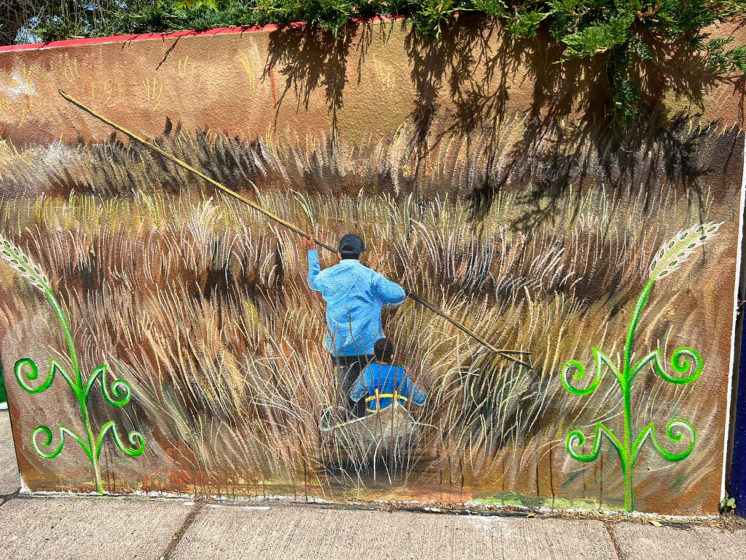
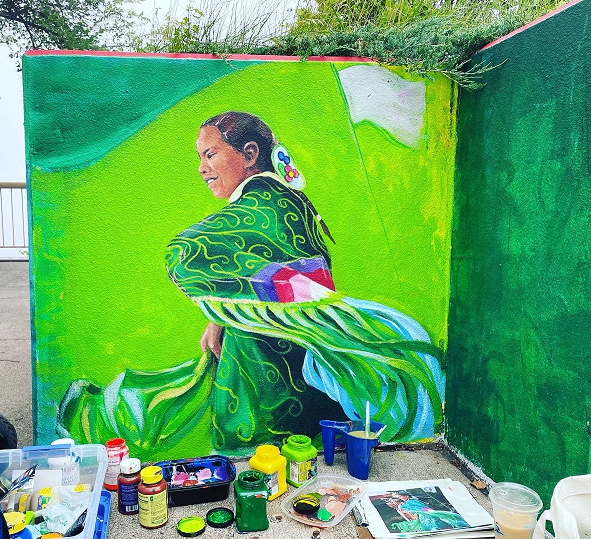
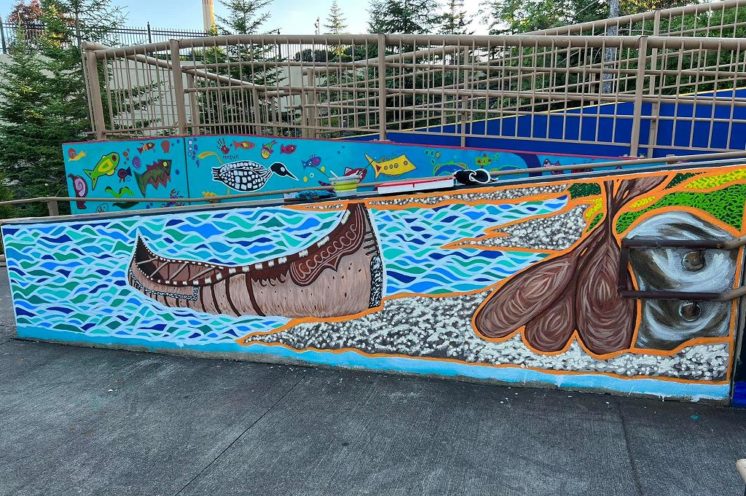
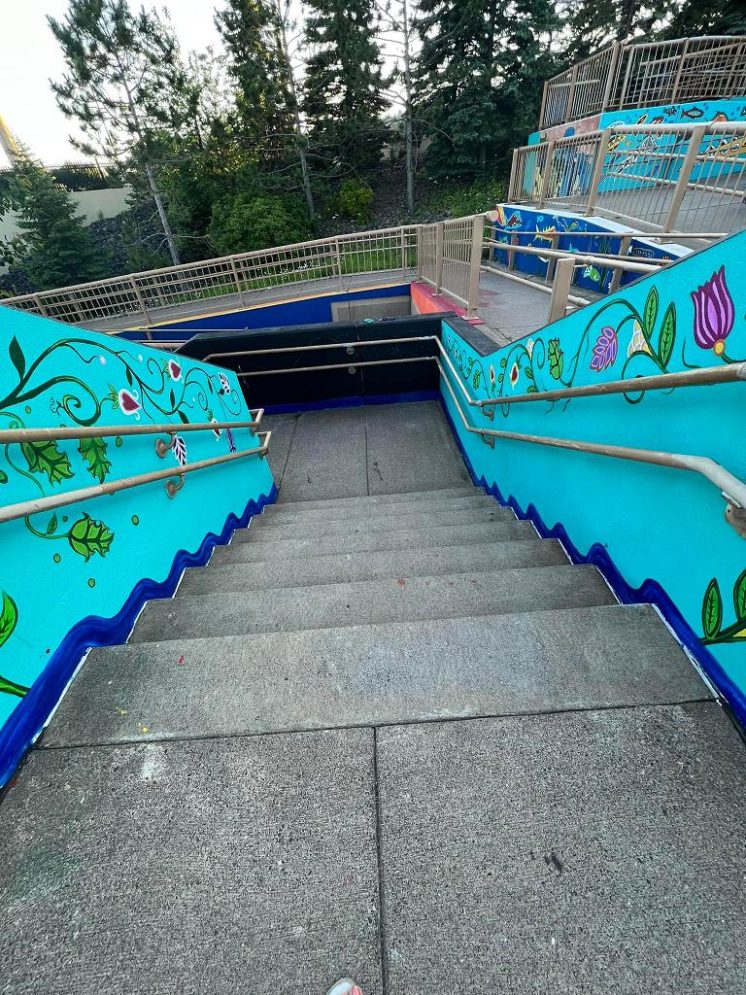
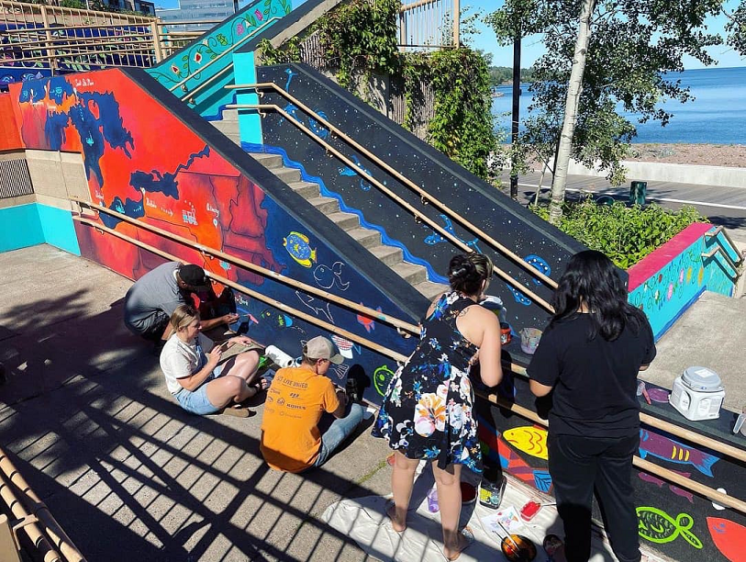
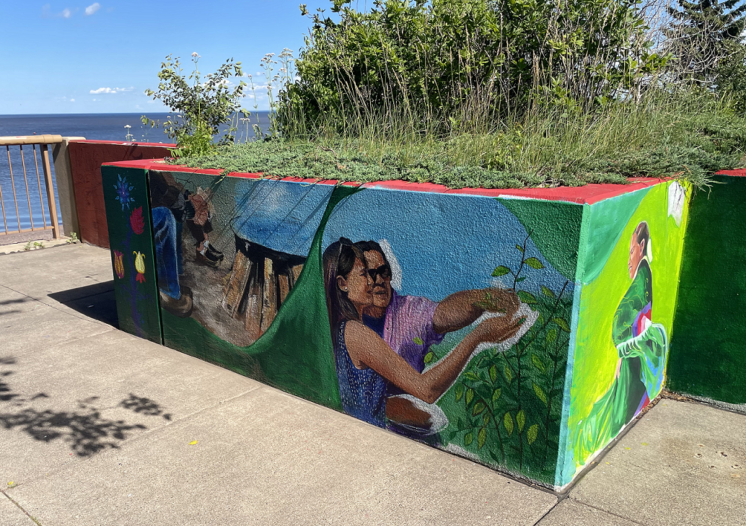
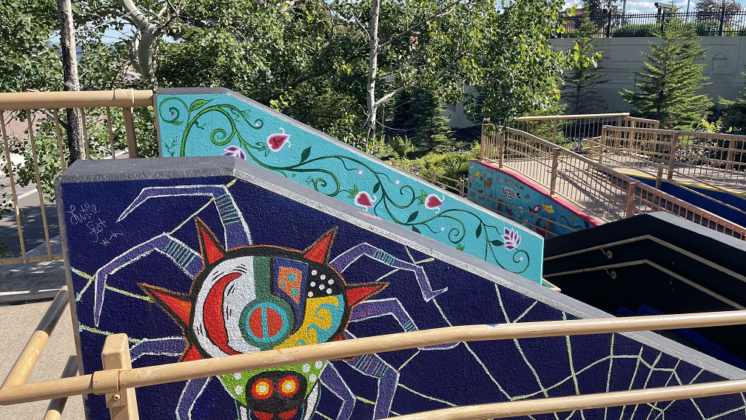
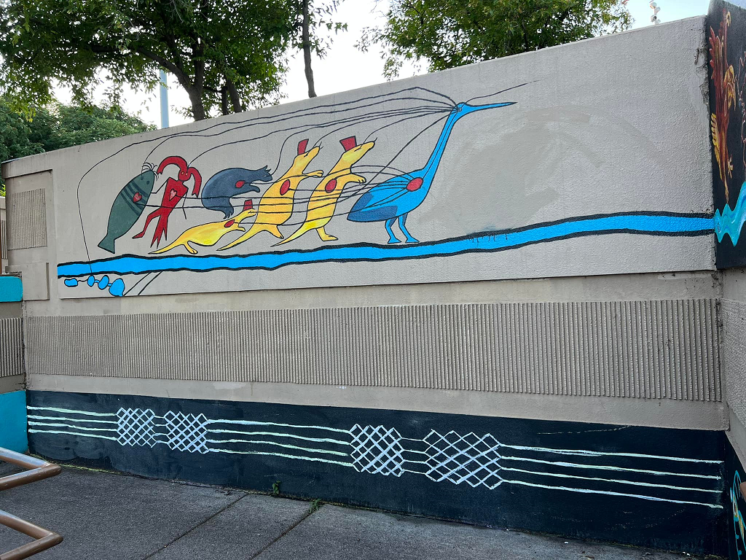
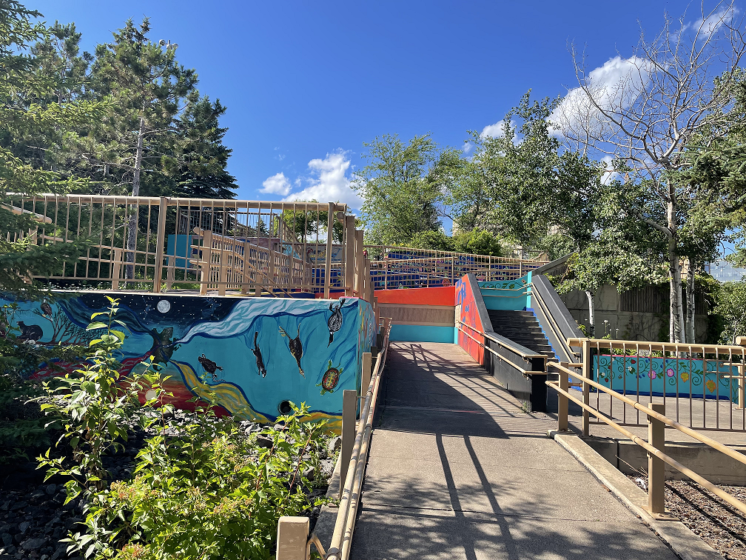
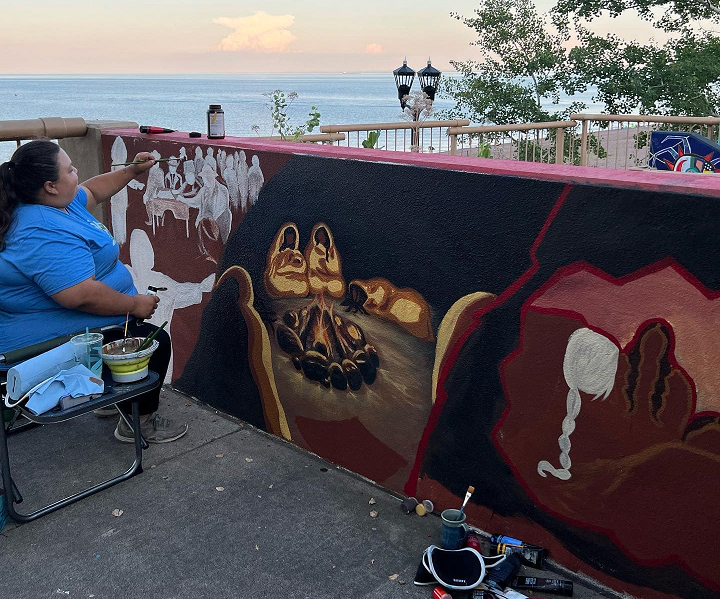
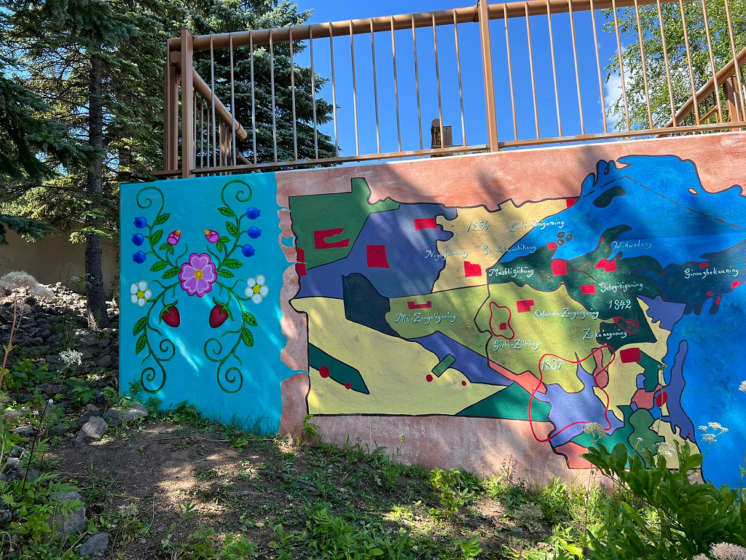
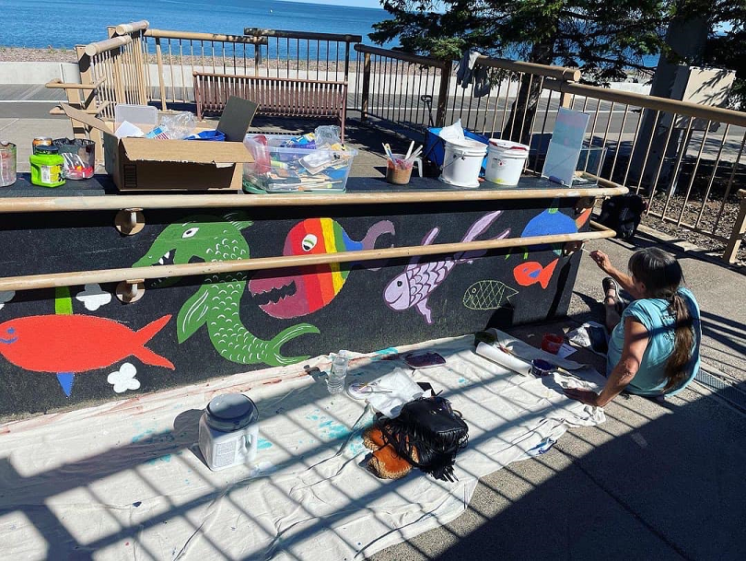
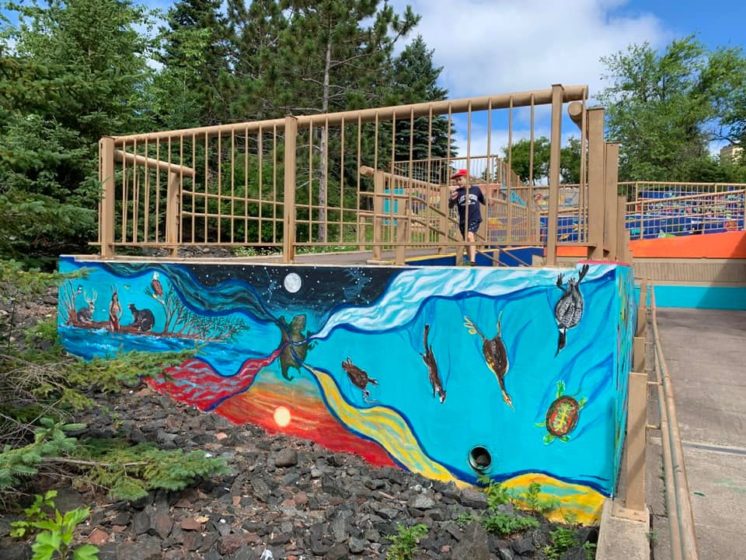
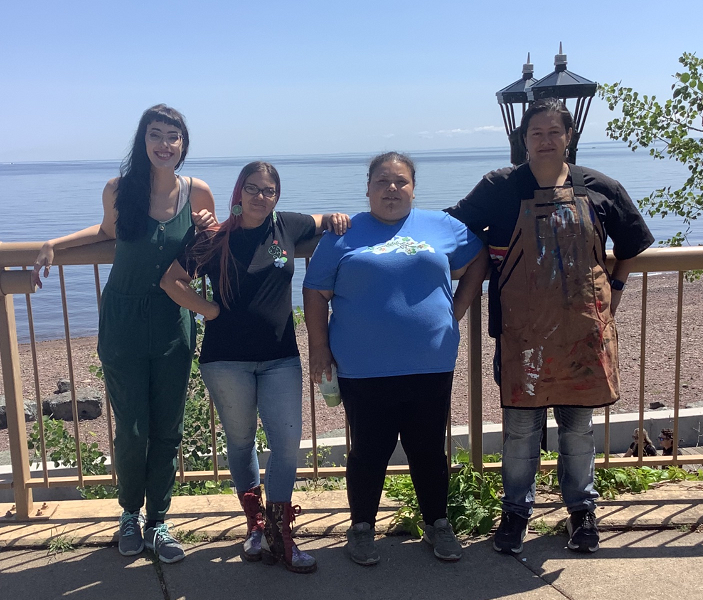
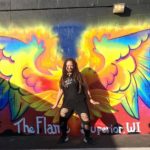
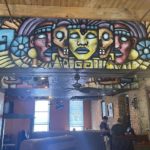
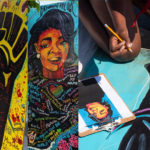
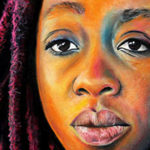








No Comments